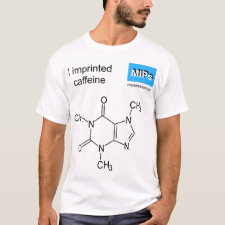
Authors: Choong CL, Bendall JS, Milne WI
Article Title: Carbon nanotube array: A new MIP platform.
Publication date: 2009
Journal: Biosensors and Bioelectronics
Volume: 25
Issue: (3)
Page numbers: 652-656.
DOI: 10.1016/j.bios.2008.11.025
Alternative URL: http://www.sciencedirect.com/science/article/B6TFC-4V3HF8J-2/2/942e8b55917f0d88fa525eb63aa8f6e7
Abstract: Here we demonstrate that a free-standing carbon nanotube (CNT) array can be used as a large surface area and high porosity 3D platform for molecular imprinted polymer (MIP), especially for surface imprinting. The thickness of polymer grafted around each CNT can be fine-tuned to imprint different sizes of target molecules, and yet it can be thin enough to expose every imprint site to the target molecules in solution without sacrificing the capacity of binding sites. The performance of this new CNT-MIP architecture was first assessed with a caffeine-imprinted polypyrrole (PPy) coating on two types of CNT arrays: sparse and dense CNTs. Real-time pulsed amperometric detection was used to study the rebinding of the caffeine molecules onto these CNT-MIPPy sensors. The dense CNT-MIPPy sensor presented the highest sensitivity, about 15 times better when compared to the conventional thin film, whereas an improvement of 3.6 times was recorded on the sparse CNT. However, due to the small tube-to-tube spacing in the dense CNT array, electrode fouling was observed during the detection of concentrated caffeine in phosphate buffer solution. A new I-V characterization method using pulsed amperometry was introduced to investigate the electrical characterization of these new devices. The resistance value derived from the I-V plot provides insight into the electrical conductivity of the CNT transducer and also the effective surface area for caffeine imprinting
Template and target information: caffeine
Author keywords: Carbon nanotube, surface molecular imprinting, Pulsed amperometric detection



Join the Society for Molecular Imprinting

New items RSS feed
Sign-up for e-mail updates:
Choose between receiving an occasional newsletter or more frequent e-mail alerts.
Click here to go to the sign-up page.
Is your name elemental or peptidic? Enter your name and find out by clicking either of the buttons below!
Other products you may like:
 MIPdatabase
MIPdatabase









